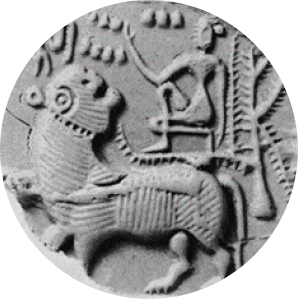An article in Haaretz about etymology got me looking into chickpeas. There are apparently about 90 varieties of this legume. It’s known that from ancient times it was used around the Middle East, Turkey and eastern Europe. In Jericho it existed before the age of pottery, but it’s thought that the plant may have come from Turkey. In India the local variety, known as chana dhal, looks similar in size and colour to yellow split peas (dhal meaning “halved” in Sanskrit, refers to any split legume). However, that’s the Desi chana dhal. Indians also knew the Kabuli (i.e. Afghan) variety that is a bit larger and a different colour. Finally, from the west, the modern large variety arrived, and I have seen this also sold as chana dhal in shops. In India, chana dhal is an ingredient in many dishes, including Mysore pak – which is a sweet sold alongside burfi and ladoo and halwa in many sweet shops.
Around the world chickpeas have a variety of uses. In the Middle East it’s cooked and mashed to make Humus and is the main ingredient in Felafel. It turns out the original Hebrew word was “afon”, which seems to derive from its shape. “Afon” means a little nose, and apparently references the small knob on the bean. Afon was dropped in modern Hebrew in preference to the Arabic word “humus”, and today the only similar Hebrew word to “Afon” is “afuna” which means a green pea. “Humus”, however, may have come from the Aramaic word for the chickpea, which was “himtza” or “hemetz”. “homtza” in modern Hebrew means “acid”. Apparently if chickpeas are harvested by hand, the action causes chemical burns to the skin.
